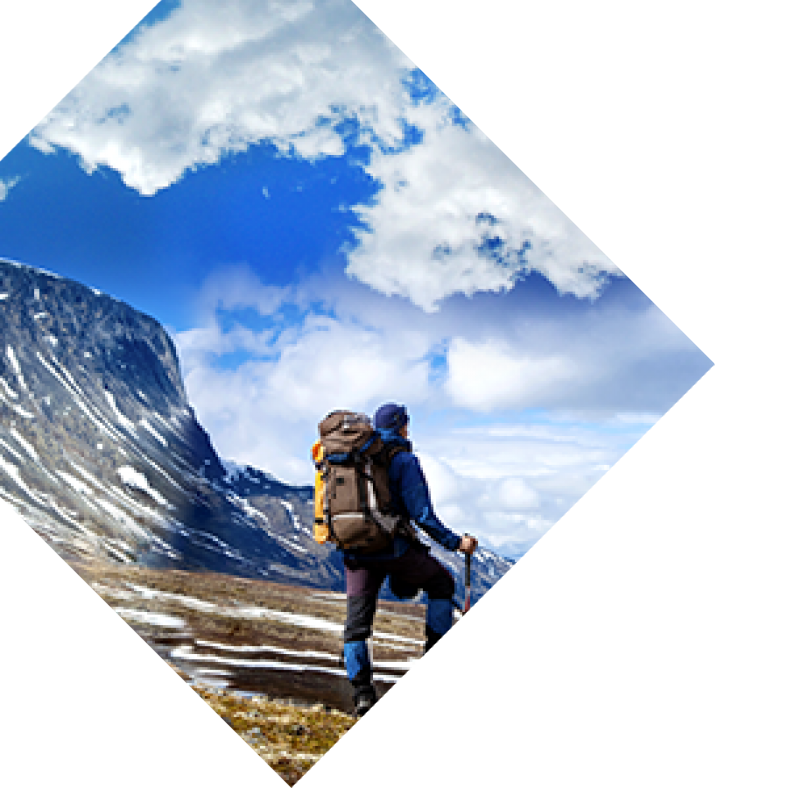It is 4:45am, and I am struggling to find my gear. Skins, pack, goggles, headlamp, skis, poles, boots: check. Now I just need to find my brain. It has been a long time since I chose to wake this early and I’m feeling it. Last night I agreed to meet my friend Sam Bass and skin up our local ski hill to train for ski mountaineering. At 5:15 we meet in Boulder and start driving up Boulder Canyon, the only vehicle headed uphill at this ungodly hour of the early morning. By 6:05am we have skins on an are climbing up one of Eldora Mountain resort’s recently groomed runs. Sam’s pace is fast and I am struggling to keep the conversation flowing. Soon I’m blowing up and need to ratchet it back a couple notches. Sam appears unfazed by the steepness of the hill, the darkness, the altitude. After about 40 minutes we reach the summit, right as the sun is starting to rise. I’m knackered, but still able to appreciate a sunrise over the eastern plains. This is straight-up beautiful. I’m still panting from the exertion and challenged to transition to ski mode with a modicum of grace. As Sam rips his skins and plunges into the still-dark run, I realize that I have a lot of work to do before I am ready for the Grand Traverse.
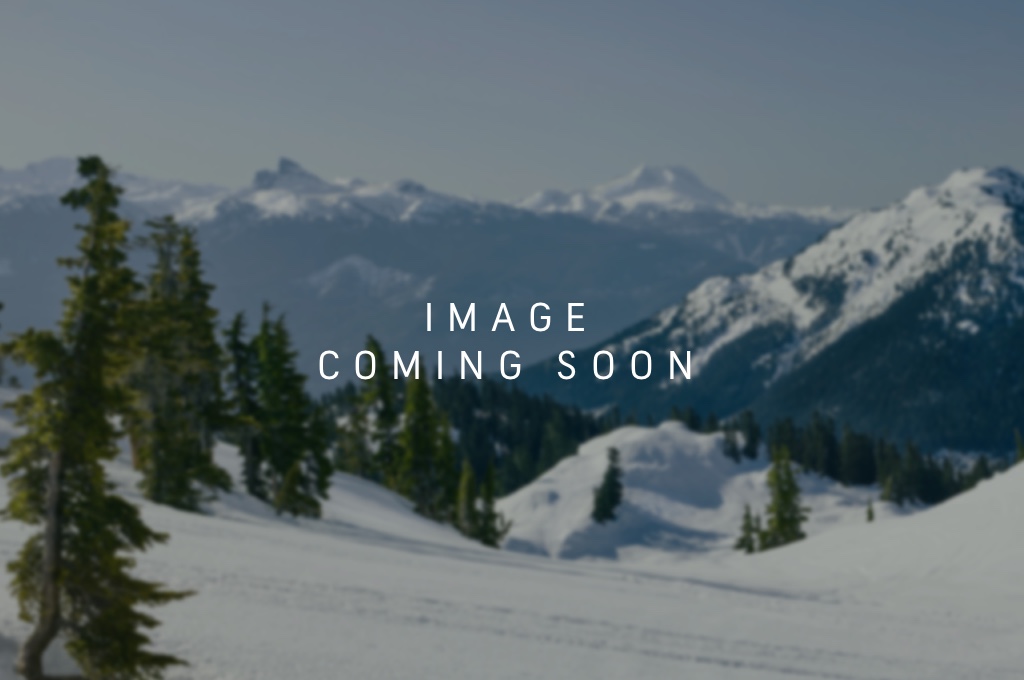
One month before, my friend Jason Turner and I entered the GORE-TEX Grand Traverse, a 40-mile backcountry ski race from Crested Butte to Aspen, Colorado. It is no joke. Jason and I have done a lot of skiing, completed a few endurance mountain bike races together, and teamed up for the now-defunct 24 Hours of Sunlight, a team uphill/downhill ski race. He is also an ironman finisher and all-around solid aerobic athlete. Despite my background in endurance sports, I was still recovering from a compressed disk that put me out of action for close to 4 months. My most ambitious exercise for about 10 weeks was walking in the pool of our local rec center. I cancelled all my summer bike races. After 7 months, I was still in pain and had a really hard time getting back into any regular exercise routine. Pants became too small, bike jerseys went to Goodwill, and things started feeling kind of hopeless. As unfit as I was, I knew I needed a goal and a reason to reverse the downward spiral of injury, pain, lack of motivation, and creeping decrepitude. I had actually skied the Grand Traverse in 2004, so I knew it was a challenge that would require commitment and focus. When Jason asked if I was interested in partnering with him, I thought about it a little bit and then decided “what the heck… I’m already in pain. If I train and get more fit, so what if I hurt a little more.” I said yes, signed us up, and then immediately began to question my judgement.
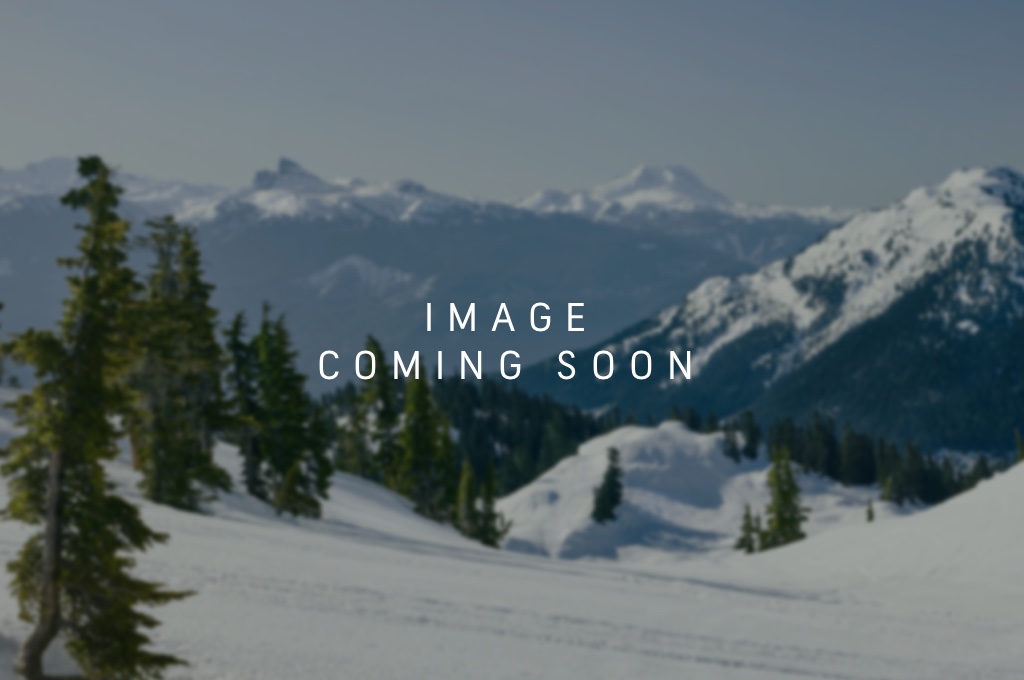
Fast forward to skiing up Eldora with Sam. He and I were part of an industry group that worked with Eldora to help advise the resort’s new uphill skiing policy after years of restriction under former management. It was kismet that we had a local spot that now allowed uphill skinning in controlled terrain. This takes a lot of the uncertainty out of backcountry skiing and, aside from convenience, is slightly safer than skiing alone in the backcountry. This is material, since it is hard to find a ski partner for 6am laps before work. Meanwhile, Jason, who lives about 10 minutes from Sunlight Ski area in Glenwood Springs, was skiing multiple laps up the mountain, thanks to their very accommodating uphill policy. I was going to have to up my game if we were going to have similar fitness in a few short months. On the ride back to town with Sam that morning, I asked what he was doing to train. He told me he was doing a very specific ski-mountaineering program through a local gym called the Alpine Training Center. After a quick email introduction to Connie Sciolino, owner and trainer at the ATC, I did my first workout a few days later. I can’t lie, the first workout was hard. Really hard. Warmup consisted of goblet squats and planks. The workout was box step-ups with a weighted pack, then sprints on a SkiErg. This is like an upright rowing machine made for Nordic skiers and it pushed me into redline territory in about 30 seconds. After 3-4 rounds of this, I felt destroyed. Despite the first couple days leaving me wrecked, it felt good to get back on track. I’ve been lucky to have a pretty high baseline fitness level and have gone off the couch for most of my life, including my 2004 grand traverse. Thirteen years and 25 pounds later, with a disk injury, I traded in OTC for ATC. The ATC is a no-frills environment. It has basic weights and equipment and a notable lack of mirrors. What the ATC does provide is a rigorous program, geared toward outcomes, and a good bunch of people who are similarly motivated. The atmosphere is relaxed and welcoming, if a bit Spartan. Connie described the ATC’s philosophy as “strength and conditioning for outdoor performance.” That is exactly what I wanted. Soon, I was in a great routine: 2 days a week I would do a skimo workout at the ATC, 2 days a week I would skin up Eldora 1-3 laps before work, and one day a week I would do Pilates to integrate core strength or hit the rec center for some light weights and stairmaster. Weekends were reserved for long ski tours. Jason was keeping a similar routine. He climbed up Sunlight 2-3 times per week and went to his local gym, Defiance Strength & Conditioning. His trainer, Tara, had him doing similar cross-training workouts geared toward a blend of power, endurance, and core balance. One of his favorite workouts included SkiErg/rowing machine ladders (e.g.1,000m skierg/100m row, 900 skierg/ 200 row, 800 skierg/300 row, ….) Of these workouts, he said, “strength training at the gym was a game-changer.” Besides skimo-specific training, we also went skiing. One training day, we toured 9-10 miles up the Rollins Pass road and then skated back down. Another day we did some recon from the top of Aspen mountain to pre-run the last 7 miles of the GT course. Getting a preview of the course is highly recommended. When it came to race day, we both knew that the previous few months held some of the most specific training we had ever done for something like this. Each of us had lost about 15 pounds and the results of intensive training were palpable when we put on skis and packs. On race day itself, we were a compatible duo and with complimentary strengths. Jason, who is the stronger aerobic athlete and had done more uphill training given his proximity to Sunlight, dominated the climbs. I was struggling to match his pace on the last half of the course. In retrospect, I would have been better served by adding a speed component to my uphill workouts instead of focusing on pure endurance. I lead on some of the flat sections due to longer skis and perhaps more Nordic skiing experience. With that said, I wish I had done a lot more skate skiing this winter, and would add this to the regimen for the next GT. Jason would have done more skinning in the flats to simulate the course.
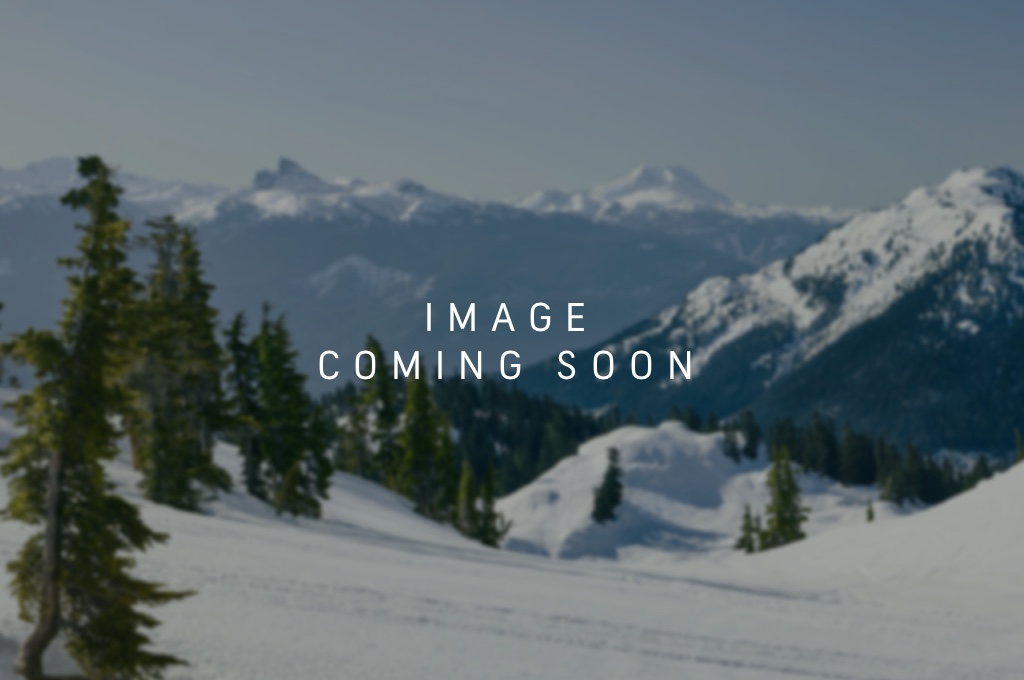
The biggest takeaway was that training for the GT can be done in a short time (3 months from first dedicated workout to race day) and remotely from your partner if you don’t live in the same place. A routine is key, as is a place that motivates you to work out. If you can do that on your own, more power to you. However, a program designed by someone who knows your goals is super powerful. Regardless of the workouts, time on snow is essential to a good Grand Traverse performance. When you train in the field, aim for variety. It’s hard to get psyched for a 20-mile day when it hasn’t snowed for weeks, but that could be invaluable when you are fine tuning your skin system for icy crust or making sure your boots fit when skiing miles of flat, wet corn. Also, try skiing on some trails that have sections of off-camber or rolling flats. This takes a different toll on your body than the standard uphill skintrack we like to set when touring for powder turns. Regular backcountry skiing is fine to round out your GT training, but it lacks specificity when it comes to the exact terrain you will encounter on the way from CB to Aspen. What worked for us was a blend of power, core, aerobic conditioning, and regular skiing. A mix like this, with an effort to replicate race terrain and conditions, was enough to get us primed for success.
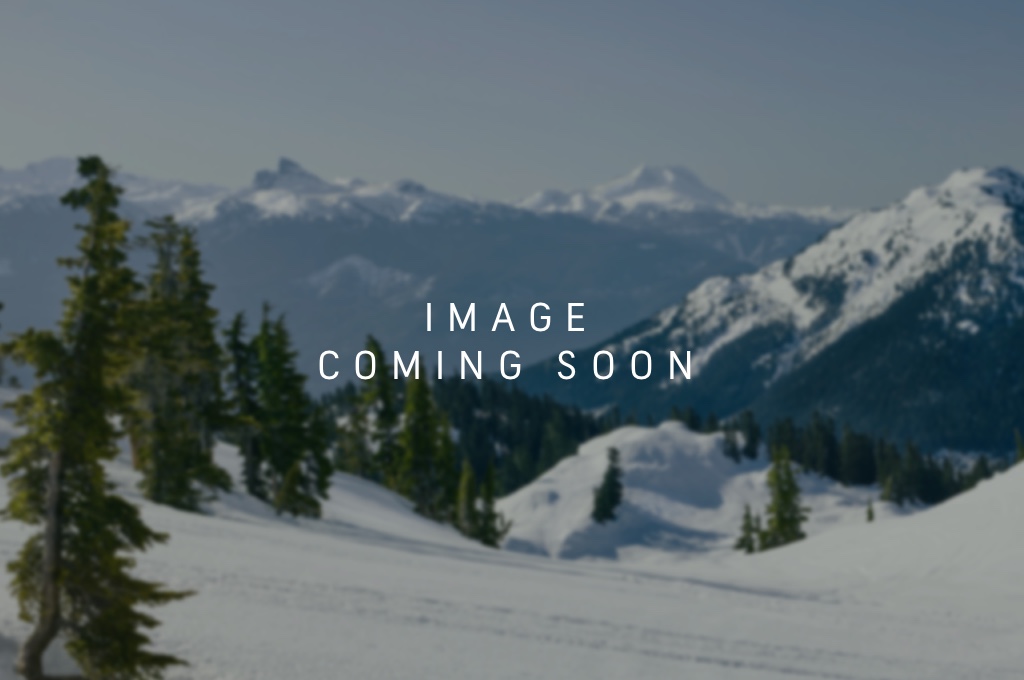
Oh, and while I’ll discuss our gear in greater depth in Part 2, it’s worth mentioning the most important aspect of GT gear now: Your boots must fit, and fit well. Blisters at mile 35 can be a pain. Blisters at mile 7 could end your race. Just look at the GT race results to see the percentage of teams that sign up and don’t finish. It is not in the bag, even for racers who are experienced and have put in time to get prepared.

